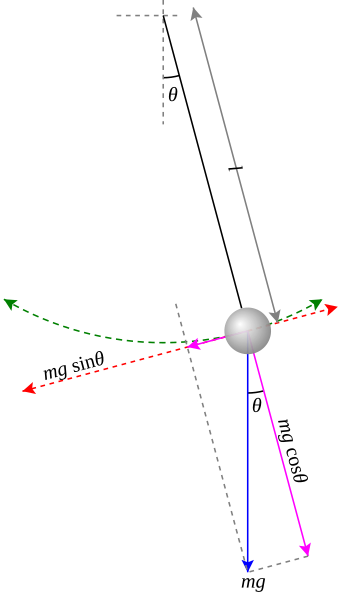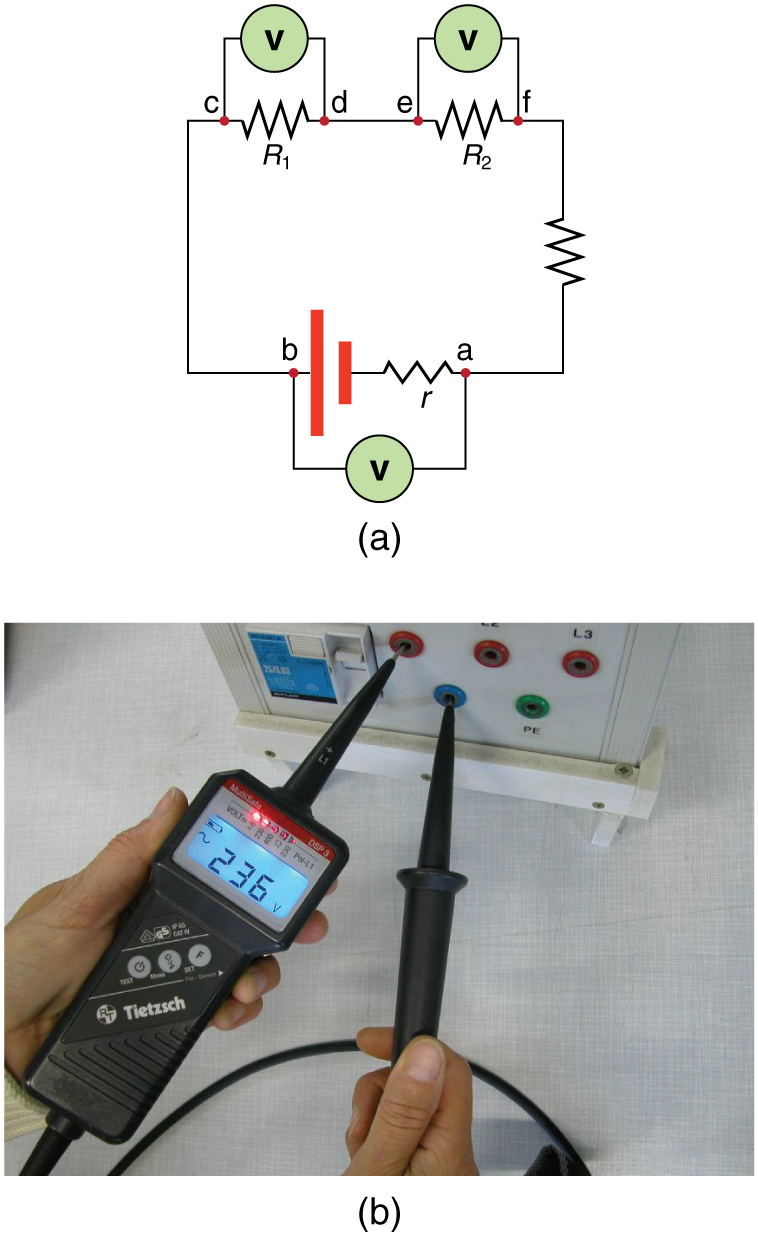OCR Specification focus:
‘Design experiments by selecting suitable apparatus and techniques, applying specification knowledge to practical contexts, and ensuring the method can achieve the expected outcomes.’
Designing an experiment in physics involves planning every stage carefully to ensure that measurements are accurate, results are valid, and conclusions are reliable. Success depends on clear understanding of apparatus, techniques, feasibility, and safety considerations.
Understanding Experimental Design
Experimental design is the structured process of planning how to investigate a physical principle or phenomenon systematically. It ensures that data collection, analysis, and interpretation yield results that are meaningful and scientifically sound.
Experimental Design: The systematic planning of an experiment to ensure valid, reliable, and reproducible results through careful selection of apparatus, techniques, and control of variables.
An effective design starts with a clear research question or hypothesis, followed by the selection of suitable methods to test it within the constraints of available resources.
Selecting Suitable Apparatus
The choice of apparatus must be guided by accuracy, range, resolution, and practicality. Selecting the wrong equipment can make an experiment unfeasible or introduce significant systematic error.
Key Considerations for Apparatus
Range: Ensure instruments can measure across the expected range of values.
Resolution: The smallest measurable change must be appropriate to detect variations meaningfully.
Accuracy and Precision: Use apparatus with low uncertainty to increase data reliability.
Condition and Calibration: Verify that all measuring instruments are calibrated and in good working order before use.
Safety: Consider potential hazards such as heat, voltage, or radiation and use suitable protective measures.
Systematic Error: A consistent error in measurement that skews results in the same direction, often due to faulty apparatus or flawed calibration.
For example, in measuring the acceleration due to gravity using a pendulum, a stopwatch and metre rule with suitable resolution ensure that time and length readings are reliable.

Diagram of a simple pendulum showing the bob, string, pivot, and the weight and tension forces acting during displacement. It reinforces apparatus selection (string length, bob) and technique (defining arc and angle). The force vectors are included for clarity; students may ignore tangential components if focusing solely on timing methods. Source
Applying Appropriate Techniques
Once apparatus is chosen, experimental techniques must be carefully selected and executed to reduce uncertainty and ensure consistency.
Good Experimental Technique Includes:
Repetition: Taking multiple readings and averaging to reduce random error.
Consistent Procedure: Following the same steps for each trial to ensure comparability.
Control of Variables: Keeping non-tested factors constant to isolate the independent variable’s effect.
Recording Methods: Using tables with correct units and clear headings.
Safe Practice: Adhering to risk assessments and safety protocols.
Random Error: Unpredictable variations in measurement due to observer or environmental factors, which can be reduced by averaging multiple trials.
Using consistent and precise techniques improves the validity and reliability of experimental results, key goals in scientific investigation.
Ensuring Feasibility
An experiment must not only be theoretically sound but also feasible in practice. Feasibility means the design can be realistically implemented within available time, equipment, and safety limits.
Factors Affecting Feasibility
Availability of Apparatus: Ensure all required instruments are accessible.
Time Constraints: Consider how long data collection and analysis will take.
Measurement Difficulty: Evaluate whether measurements can be made accurately and repeatedly.
Environmental Conditions: Ensure that temperature, light, or other environmental factors will not compromise results.
Safety Requirements: Confirm that all hazards have been identified and mitigated.
Feasibility: The practical ability to perform an experiment successfully within available resources, time, and safety constraints.
When designing experiments for school laboratories, feasibility also includes ensuring students can perform the task safely and effectively with the equipment provided.
Linking Apparatus, Technique, and Outcomes
A coherent design aligns the apparatus and techniques with the expected outcome. Each part of the setup must contribute directly to testing the hypothesis or measuring the intended quantity.
Steps to Align Design Elements
Define the Aim: Clearly state what physical quantity or relationship is being investigated.
Select Apparatus: Choose equipment that allows accurate measurement of the dependent variable.
Plan Method: Detail how to vary the independent variable and how to maintain control variables.
Assess Feasibility: Check whether measurements can be taken safely and precisely.
Predict Expected Results: Use theoretical knowledge to anticipate the pattern or trend in data.
For instance, in investigating Ohm’s law, selecting a variable resistor, voltmeter, and ammeter of suitable range and ensuring stable connections directly supports the aim of verifying proportionality between current and potential difference.

Schematic showing an ammeter in series with the circuit and a voltmeter in parallel across the element of interest. This directly underpins correct measurement technique to minimise systematic errors from incorrect meter placement. The figure also depicts internal resistance of the source, which is extra detail not required by the syllabus but does not hinder comprehension. Source
Considering Accuracy and Precision During Design
While full uncertainty analysis belongs to later stages, preliminary consideration of accuracy and precision is vital during design. The sensitivity of apparatus and clarity of measurement methods directly affect data quality.
Accuracy: How close a measured value is to the true value.
Precision: The degree to which repeated measurements give similar results.

Target-style diagram contrasting accuracy (closeness to true value) and precision (repeatability). It visually supports decisions about apparatus resolution and technique (e.g., repetition) at the design stage. Some panels show combinations (e.g., high precision/low accuracy), which go just beyond the syllabus wording but directly clarify the terms. Source
Designing for both ensures that even before taking data, potential sources of uncertainty are minimised, and results will be credible.
Safety and Ethical Considerations
No design is complete without addressing safety. Risk assessments must identify hazards, evaluate risks, and outline control measures.
Common Laboratory Safety Checks
Use eye protection when dealing with chemicals or projectiles.
Ensure electrical circuits do not exceed safe current limits.
Keep workspaces organised to prevent accidents.
Dispose of materials responsibly according to school or institutional guidelines.
In some contexts, ethical considerations also apply — for example, ensuring that environmental impact is minimal or that experiments involving living systems are humane.
Evaluating the Design Before Implementation
Before carrying out an experiment, review the plan critically. This helps prevent wasted effort and enhances scientific rigour.
Pre-Implementation Checklist
Are the apparatus and techniques sufficient to test the hypothesis?
Have uncertainties been minimised where possible?
Are safety and ethical standards met?
Can results be collected within the allocated time?
Does the method allow clear identification of relationships between variables?
Such evaluation is integral to scientific practice, mirroring how the scientific community validates new knowledge before publication or replication.
Summary of Key Design Principles
Choose apparatus suited to the range, accuracy, and purpose.
Apply techniques that ensure precision, safety, and repeatability.
Assess feasibility realistically in light of resources and constraints.
Align methodology with the experimental aim to achieve valid outcomes.
Prioritise safety, accuracy, and clarity in every stage of the design.
FAQ
A design is valid if it accurately tests the intended hypothesis and the data collected directly relates to the question being investigated.
Validity depends on:
Proper control of variables so only the independent variable affects the dependent variable.
Use of suitable apparatus with adequate precision for the measurements required.
A method that produces data allowing the predicted relationship or law to be tested without confounding factors.
In essence, a valid experiment measures what it is supposed to measure, not something else.
A technique is appropriate if it allows data to be collected safely, accurately, and consistently within the available resources.
Students should consider:
The scale and sensitivity of the measurements required.
Whether the technique’s uncertainty is small enough for meaningful results.
The feasibility of repeating the process for reliability.
Any safety constraints that might affect the technique, such as high voltages or hot equipment.
Calibration ensures that instruments give correct readings and reduces systematic errors.
For example, zeroing a balance or checking a voltmeter against a known standard prevents consistent offsets in results.
Uncalibrated apparatus can make data appear consistent but inaccurate, leading to false conclusions. Regular calibration also demonstrates professional scientific practice, which mirrors how real laboratories maintain accuracy and reliability in their data.
Feasibility involves balancing scientific goals with practical constraints.
Key considerations include:
Equipment availability: Can the experiment be done with standard school apparatus?
Time and complexity: Can sufficient data be collected within the lesson time?
Measurement precision: Are the available tools accurate enough to detect expected changes?
Safety: Does the setup comply with school safety standards?
A feasible experiment should achieve meaningful results with manageable risks and effort.
Justification must link apparatus features to their role in achieving reliable results.
For instance:
A digital stopwatch is justified for timing because it offers better resolution and eliminates parallax error.
A longer metre rule is justified for pendulum experiments as it reduces fractional uncertainty in length measurement.
Students should always explain why a chosen instrument improves accuracy, precision, or safety, not just name it.
Practice Questions
Question 1 (2 marks)
A student plans to determine the acceleration due to gravity, g, using a simple pendulum.
State two factors the student should consider when selecting suitable apparatus for this investigation.
Mark scheme:
1 mark for each valid point, up to a maximum of 2 marks.
Apparatus must have sufficient range and resolution to measure length and time accurately (e.g. metre rule marked in millimetres, stopwatch with 0.01 s resolution).
Equipment should be in good condition and correctly calibrated (e.g. string not stretchy, pivot friction minimal).
Apparatus should be safe and stable to prevent the pendulum from detaching or striking the user.
Question 2 (5 marks)
A student designs an experiment to investigate how the current through a resistor varies with the potential difference across it.
Explain how the student should design the experiment to ensure that the results are valid and reliable.
Mark scheme:
Award marks for the following key points, up to 5 marks total.
Select appropriate apparatus: Use a low-resistance ammeter in series and a high-resistance voltmeter in parallel to measure current and potential difference accurately. (1 mark)
Control variables: Keep the temperature of the resistor constant (e.g. switch off between readings to prevent heating). (1 mark)
Range and number of readings: Take measurements across a suitable range of voltages, ensuring small, regular intervals to identify trends. (1 mark)
Repetition for reliability: Repeat each reading and calculate an average to reduce random errors. (1 mark)
Assess feasibility and safety: Check circuit components can handle expected currents safely, and use appropriate power supply limits. (1 mark)

